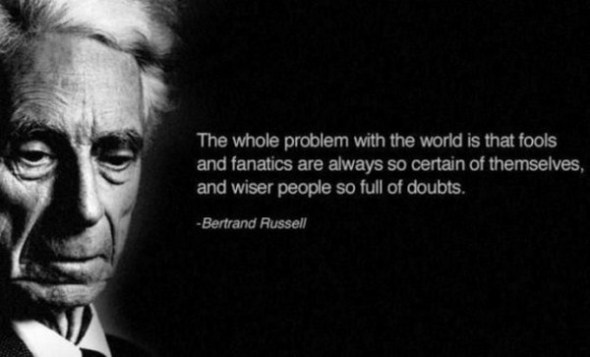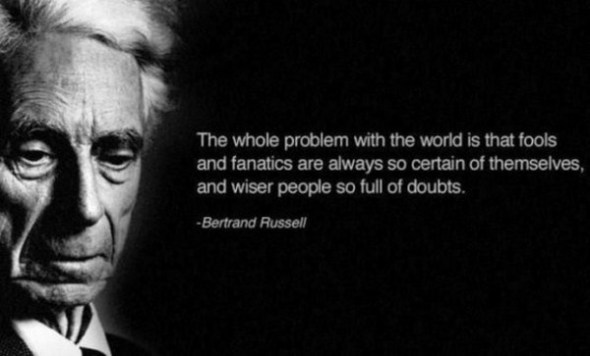Imagine a business that sold only process design. A business that existed purely to find efficiencies in the way that people interacted together, not one that sold models but that sold specific organisationally involved process and imagine that in its own right becoming a business vertical.
To date “Facebook,” led the charge, social analytics has become of huge value to people at a very personal level. Facebook gives us the simple way to explain how it is that we will ourselves begin to evolve business processes.
The early days as in every sector where highly experimental the engines and ideas behind concepts where undefined and we had to find the rules and equations related to deriving value.
It started with how we found value for ourselves as individuals. Was it useful to post a picture on Facebook? Did we like the outcome when we did? If we got 50 likes for our new profile picture did that give us a sense that we were attractive and liked, did that fact help our psyche?
The consequences of social mediums in this case a one to many method that facilitated in particular the socially introverted in ways they could not have previously imagined changed how many of us communicate. As with all communication mediums negative exploitations have arisen but regardless Facebook adoption is no doubt here to stay.
The negatives of the medium, where that unlike other non-derivable methods of communication this platform for communication had a “data element,” the information we added was being stored for posterity so that Facebook and the others we provided our information to could perform the largest passive social data experiment the world has ever seen. This results in a permanent record against which the next generation will be monitored and can be kept to heel. Where the 1980’s and 1990’s generations could act irresponsibly in youth and get away with it so the generations of the 2000’s and 2010’s will be forced to live responsible lives from early childhood if they are not to affect their career or future social life.
Ignore CCTV and other big data, facebook was the biggest data ever! If we were connected in the right way essentially all aspects of our lives could be analysed from our personal relationships to our professional ones new levels of model and understanding where being put in place to facilitate new understanding.
“Big Data,” began to be argued as the business equivalent of social data. It was argued that it we process complex data on our behalf and give us answers and new models of understanding, however to date the reasons for interactions with such systematics has to date been limited.
Why should we engage in platforms that harvest our data without benefit to us? The dig data argument traditionally was in no uncertain terms “BECAUSE YOU ARE PAID FOR IT,” however that logic is set to change, and if it does not then the market will move on.
The models and processes inherent in all organisations are critical to their functions. Whether paper based or software based information transfers impact on every aspect of our careers, from personal data, to payment information, to product information, and transactional communication we are in a world where data is available, and our colleagues are used to it being shared.
Knowledge will bring power. The ITIL principles would argue that “Wisdom,” is a purely human faculty that is built on the semantic infrastructure that humans put in place in order to identify strategic outcomes.
“Equitable data transactions,” / “equitable information transfers.” This will become a new form of currency. Processes will be planned, designed, monitored, measured and adapted at a rate which we have never as yet experienced.
So what will these equitable data transactions be and how can you design them inside your organisation?
How individual deployments are managed will be based on technology processes but it should be clear that allowing adhoc processes to be automated within an organisational context without understanding and adapting the processes inherent in the system deployed is a recipe for failure.
Imagine the scenario in a social context, effectively deploying the wrong IT system is like you selling a Skoda but delivering a Porsche it would be what was intended unless you had designed it.
The verbal and social strata of an organisation, the “culture,” is not something that should be taken likely. If the business is successful its most important asset are its people and the culture is what gels them all together.
A methodology is listed below including the core fundamental principles:
- Data Title: The data being shared
- Stakeholder(s): These are the individuals involved in the data transaction, or impacted by it.
- Driver(s) (per stakeholder): These are the drivers for individuals involved in the data transaction
- Perceived risks (per stakeholder): The
- Outcomes (per stakeholder): Direct outcomes of the data on a per stakeholder basis.
- Research Outcomes: Possible research that the data could be used for, or areas this data could be being exploited to build from. (Syntactic building blocks that could be passively imbedded into other areas)
Template Example:
Data Title: Recording photographs of work before and after the job is carried out.
Stakeholder(s): Self Employed Tradesman (S1), Business Owner (S2) Customer (S3)
Drivers:
(S1) D1: Get access to additional work from the organisation
(S1) D2: Accountability in the positive can demonstrate good work
(S1) D3: Can derive a premium for the added value brought through photography being added to the process.
(S1) D4: Could result in additional streams of work or a preference for using the individual given high quality would shine through
(S1) D5: Communication channel with customer after hours that facilitates jobs getting signed off quicker
(S1) D6: Channel for work recommendations
(S2) D1: Be able to prove when work has been carried out.
(S2) D2: Be able to demonstrate in a difficult to argue with fashion outcomes of work.
(S2) D3: Be able to ask a premium for the service level being offered.
(S2) D4: Improved communication channel with the customer resulting in faster invoice payments.
(S3) D1: Can view work before and afterwards.
(S3) D2: Can identify areas of concern in the work through visual identification.
(S3) D3: Can sign off and appraise work.
(S3) D4: Out of hours communication channel resulting in connection with individual in and outside of hours.
(S3) D5: Can offer recommendations that have a positive impact on the tradesman when tradesmen do exceptional or high standard work
Perceived Risks:
(S1) R1: Could have work questioned, given it becomes more easily accessible and visible.
(S1) R2: Could incur extra costs based on increased scrutiny.
(S1) R3: Could have problems accessing the system from certain locations.
(S2) R1: Could have additional costs In policing the level of service.
(S2) R2: Could result in longer time for invoice payments given visual scrutiny may cause problems for the customer.
(S2) R3: Could have access problems for both customer and tradesperson resulting in expense on a system that would have no value.
(S2) R4: Could result in staff having reduced face to face or phone contact with customer resulting in lower engagement with end user.
(S3) R1: Will not have ability to claim work has not been done when has been. (visually accountable)
(S3) R2: Could have access issues.
(S3) R3: Could result in decreased contact/ decreased level of customer service.
Outcomes:
(S1) O1: Traceability of work.
(S1) O2: Faster Payments.
(S1) O3: Improved workplace satisfaction for tradesmen who are brought closer to the end benefactor of their work.
(S2) O1: Reduced overall management overhead.
(S2) O2: Improved quality of service and reduced costs of satisfying the customer.
(S2) O3: Added value to customer facilitating a premium.
(S2) O4: Improved brand perception
(S3) O1: Improved access to those doing the work
(S3) O2: Access to a well-managed slick consistent operation
(S3) O3: Ability to keep a record of the work done on a home for possibly sharing with friends and family in order to facilitate personal kudos.
Research Outcomes:
(S1) R1: Ability to accept card payments on site to enable payment.
(S1) R2: Ability to add invoicing and job sign offs for specific use cases.
(S1) R3: Ability to receive notifications of new work
(S2) R1: Ability to automate work requests and have them enacted rapidly
(S2) R2: Ability to market new services and offerings to an existing client base via a well used online system.
(S2) R3: Ability to invoice online and facilitate payments reducing administrative costs given improved appointment dynamics of the online accounts management system
(S2) R4: Facilitate management statistics on individual tradesmen’s function and capabilities, enabling automated recommendation and preferential job referral based on this.
(S2) R5: Ability to agree clear terms bespoke to the job enabling clear transparent equitable working.
(S3) R1: Ability to request quotes on new work as needed and take control of the order process.
(S3) R2: Ability to pay bills online via credit card or preferred method.
(S3) R3: Ability to share jobs directly on social media in order to boost Kudos and to promote good work or to shame bad work via the media easily and effectively.
These processes can be as detailed or as high level as the business desires. Just like budgets these processes ultimately offer the entrepreneur or manager the opportunity of more control, and the degree of use depends often on the level of control the individual feels is needed or appropriate.



Recent Comments